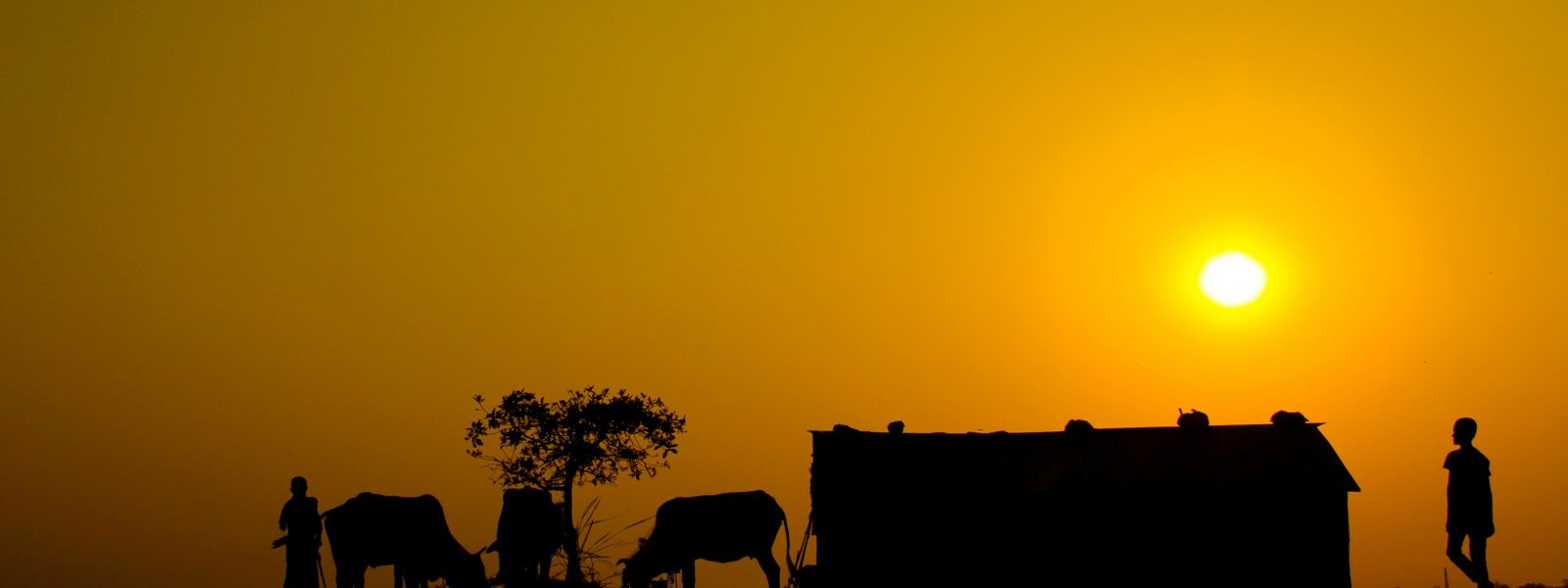The Ultimate Safaris Showdown: Kenya’s Gem vs Tanzania’s Icon
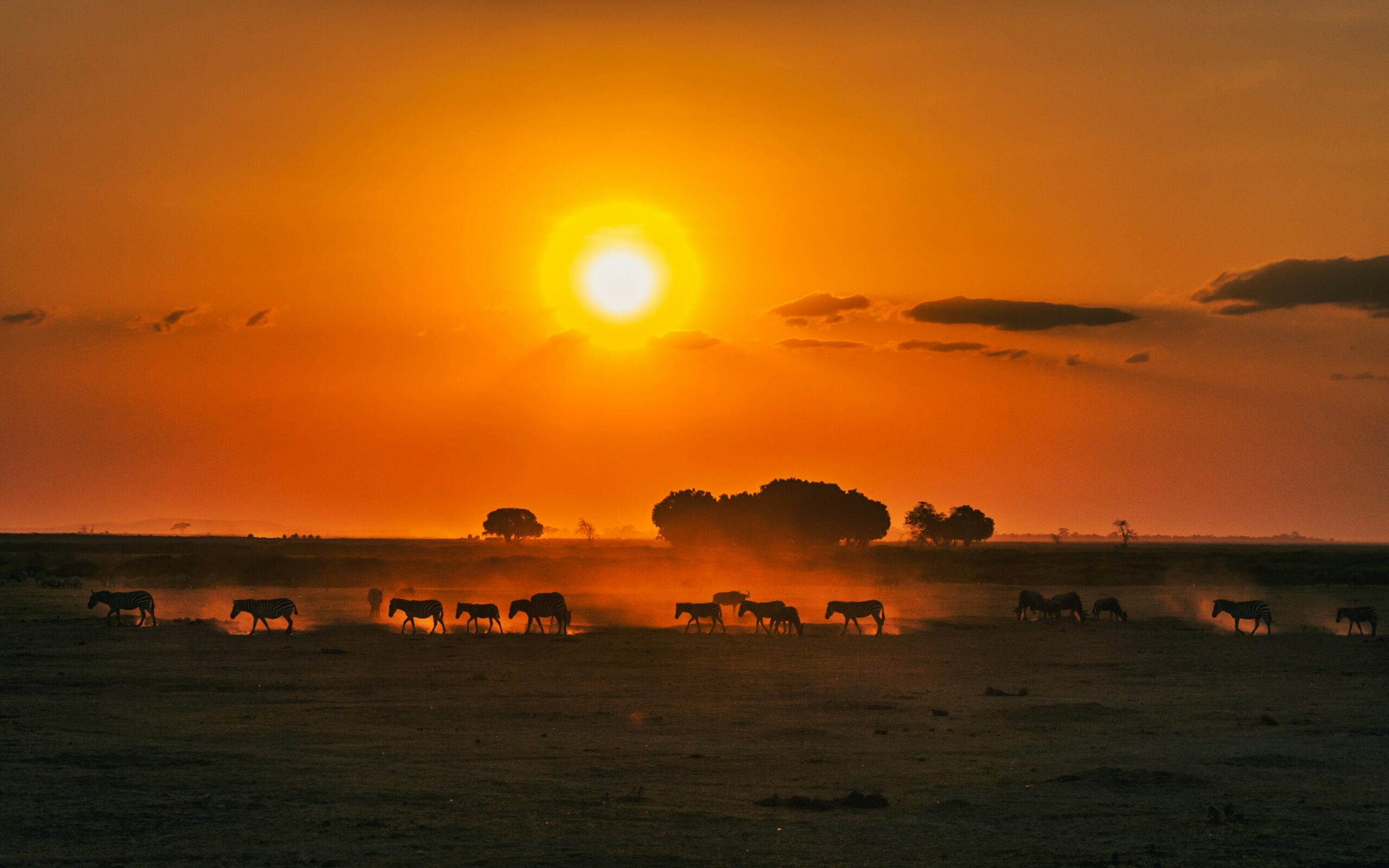 When the word Safari is mentioned, what comes to mind are breathtaking landscapes, herds of majestic animals and the thrill of the wild. But beyond that, what you truly crave is a destination where you can experience the best of wildlife and create unforgettable memories. Many travelers find themselves torn between two of Africa’s most iconic parks the magical Maasai Mara in Kenya and the great Serengeti National Park in Tanzania. Don’t worry today, I’ll help you break down the unique features of both parks so you can decide where your perfect safari escape lies.
When the word Safari is mentioned, what comes to mind are breathtaking landscapes, herds of majestic animals and the thrill of the wild. But beyond that, what you truly crave is a destination where you can experience the best of wildlife and create unforgettable memories. Many travelers find themselves torn between two of Africa’s most iconic parks the magical Maasai Mara in Kenya and the great Serengeti National Park in Tanzania. Don’t worry today, I’ll help you break down the unique features of both parks so you can decide where your perfect safari escape lies.
Masai Mara National Reserve
In the savannahs of Kenya lies a masterpiece of natural beauty the Maasai Mara National Reserve. Covering an area of approximately 1,510 km², its relatively compact size allows visitors to easily move from one location to another, maximizing their wildlife viewing experience. The best time to visit the Maasai Mara is between June and October, when nature’s greatest spectacle unfolds the Great Migration, as thousands of wildebeest make their dramatic crossing of the Mara River.
Wildlife Viewing in the Great Masai Mara
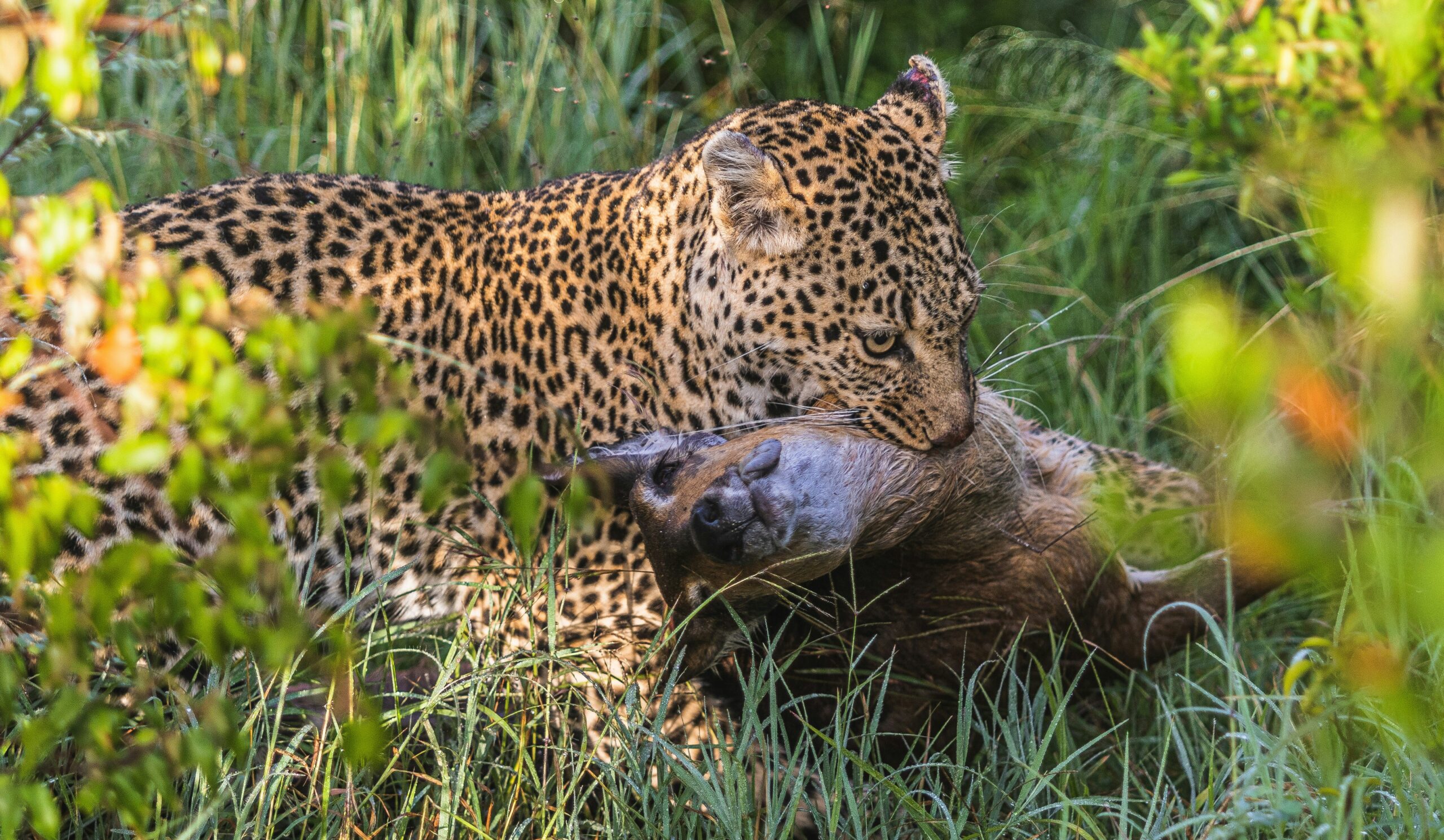
Masai Mara is truly sensational. While the Serengeti boasts vast open landscapes, the Masai Mara stands out for its incredible density of wildlife. From spotting the Big Five to observing a wide range of herbivores, the Mara offers unmatched opportunities for close encounters with nature. Because of the high animal concentration, the chances of witnessing a hunt or a kill are significantly higher here than in many other reserves. For guests, eager to experience the raw beauty of Africa’s wildlife, the Masai Mara comes highly recommended.
Birdlife and Landscapes of the Masai Mara
With over 450 bird species gracing its beautiful landscapes, the Maasai Mara is a paradise for bird lovers. From the sweeping savannah grasslands and riverine forests to the dramatic escarpments, the reserve offers a diverse array of habitats. The cool breeze carries the melodic chatter of birds, creating a serene natural symphony. The Maasai Mara’s expanse however, is not as vast as the Serengeti making it less ideal for those primarily seeking wide-open landscape views.
The Great Migration at The Mara River: A Battle for Survival

The best time to witness the wildebeest migration in the Masai Mara is between July and October. This event is one of the most famous wildlife spectacles on Earth, often referred to as the “Great Migration.” It takes place primarily around the Mara River, where thousands of herbivores mainly wildebeest, zebras and gazelles make the perilous crossing. What makes the migration even more dramatic is the presence of predators, from lions and cheetahs on the plains to crocodiles lurking in the river, all eagerly awaiting the chance to feast on the vulnerable prey.
Luxury or Low-Budget? The Masai Mara Has It All
When planning a safari, it’s important to consider your budget. A safari should be comfortable and easy to access, without putting a strain on your finances. The Masai Mara offers a relatively affordable experience, whether you choose to travel by flight or by road in a safari Land Cruiser. With a wide range of accommodation from luxurious lodges to budget-friendly camps, the Masai Mara caters to all types of travelers. This makes it one of the more cost-effective safari destinations in terms of both transportation and lodging.
Serengeti National Park
Meet Serengeti, one of the most celebrated safari destinations in Africa. Nestled in northern Tanzania, it spans an expansive area of approximately 30,000 square kilometers. The park shares its ecosystem with the Mara River region, creating a vital wildlife corridor that supports the world’s famous Great Migration. The best time to visit depends on what you want to experience, but generally, the dry season from June to October is ideal for wildlife viewing, as animals gather around water sources and the vegetation becomes less dense, making it easier to spot them.
Tracking Wildlife in the Heart of Serengeti
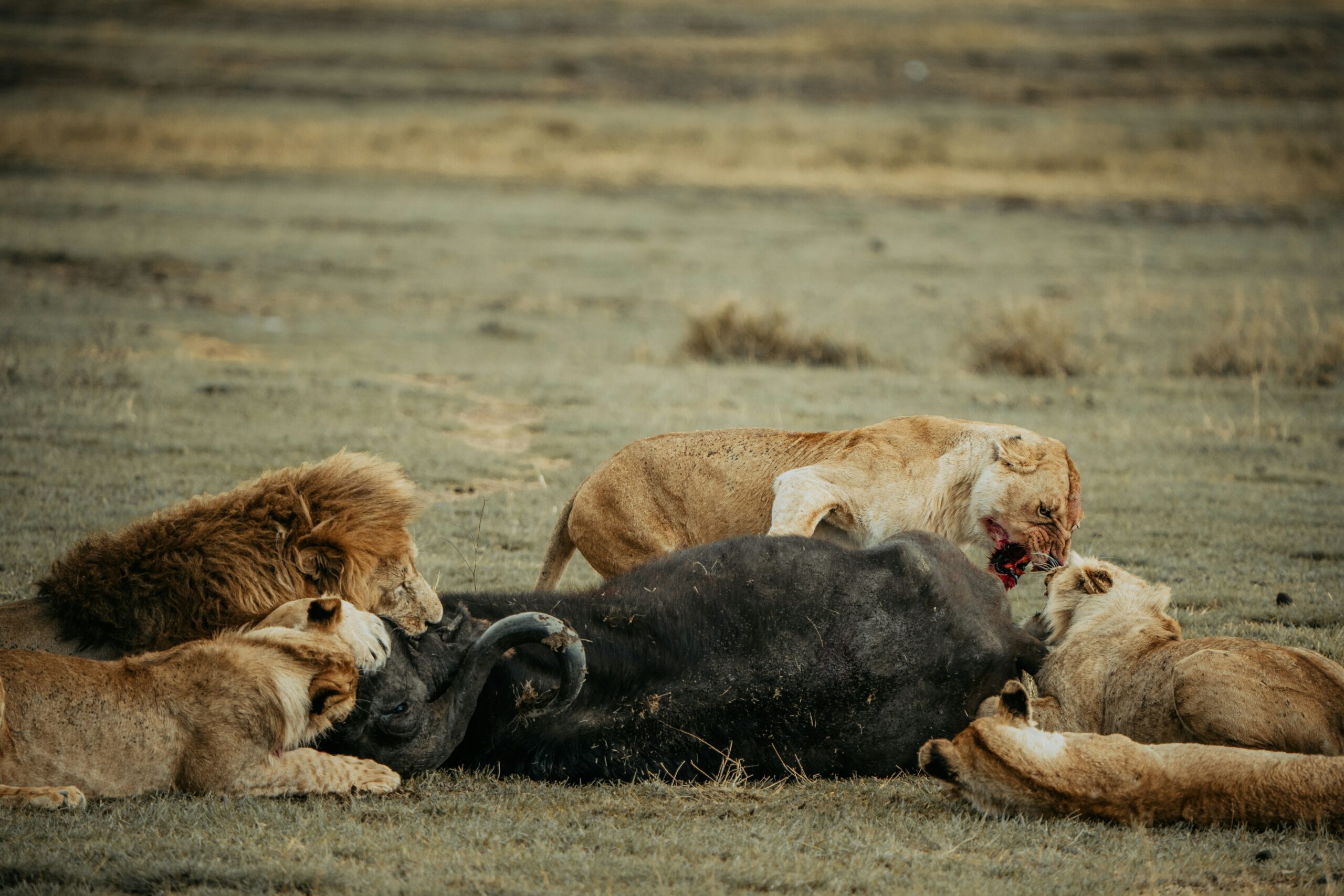
The Serengeti is rich in wildlife, home to large herds of animals spread throughout the vast plains from hoofed herbivores like wildebeest and zebras to powerful carnivores such as lions and cheetahs. Its expansive landscape supports a wide variety of species, making it one of the most biodiverse safari destinations in Africa. Due to its sheer size, animals are often scattered across great distances. As a result, the Serengeti is best suited for visitors who have the time to explore and fully immerse themselves in the safari experience, rather than those hoping for quick sightings.
The Serengeti’s Silent Sentinels
Birdlife in the Serengeti is truly extraordinary. With over 470 bird species recorded, the vast, open plains true to the meaning of “Serengeti,” which translates to “endless plains” offer a stunning backdrop for birdwatchers and nature lovers alike. The forests create unique microhabitats that support a completely different array of bird species, making every corner of the park worth exploring. When it comes to natural beauty, the Serengeti easily surpasses the Maasai Mara, offering a more expansive and diverse experience of the savanna ecosystem.
Wildebeest migration in Serengeti National Park
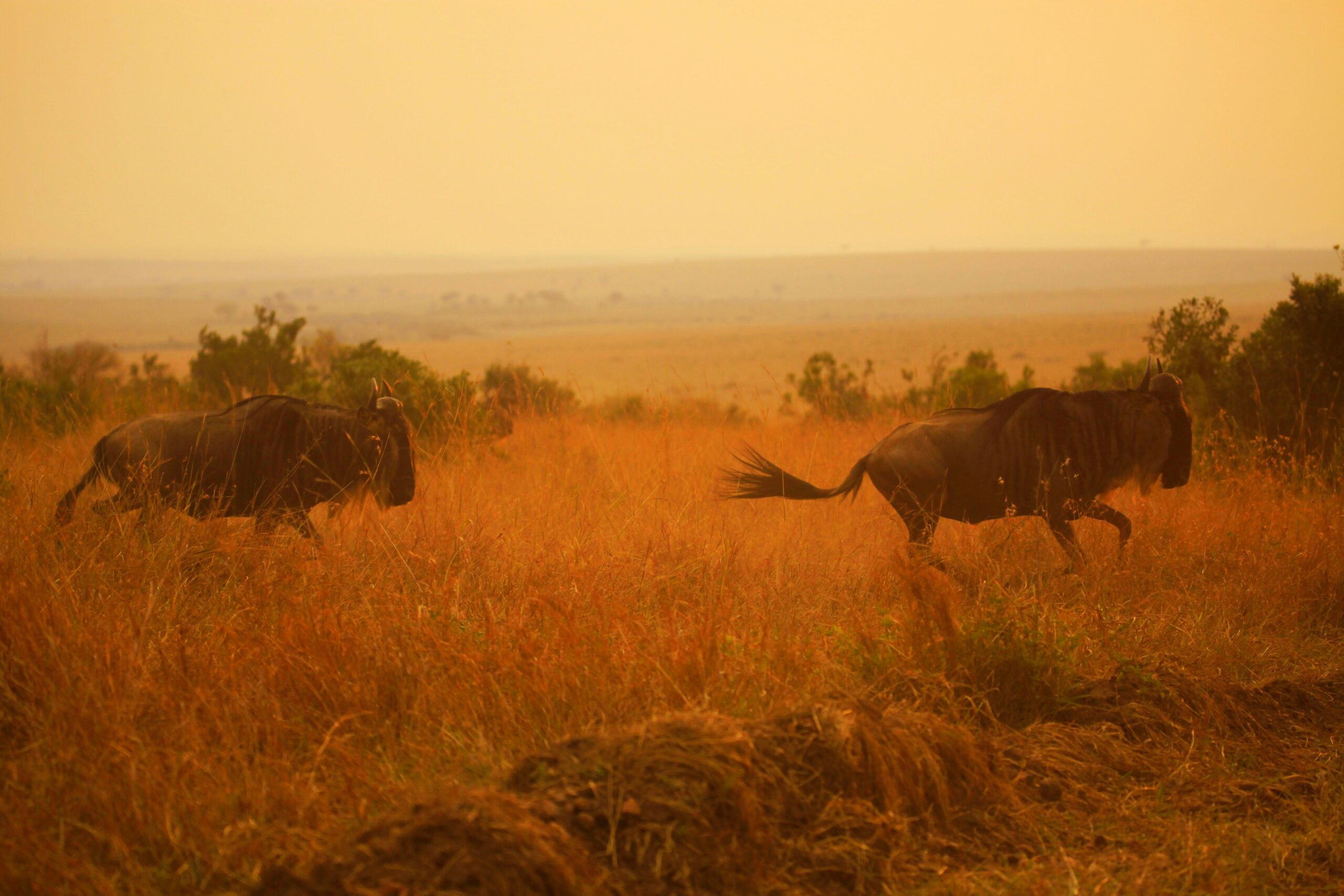
Migration in the Serengeti happens annually, following a continuous cycle driven by rainfall and the search for fresh grazing. While the wildebeest are on the move throughout the year – calving in the south, moving through central and western regions and returning with the rains.
For those who simply admire the presence and movement of the wildebeest, any time of year offers a unique experience. However, for visitors seeking the most dramatic and unforgettable aspect of the migration, the Mara River crossing, which occurs between July and October in the northern Serengeti, is highly recommended. This intense and iconic event, where thousands of wildebeest risk their lives crossing crocodile-filled waters, remains one of the most powerful and lasting images in the memories of those who witness it.
What You Need to Know About Serengeti Safari Costs
Serengeti National Park is not typically considered a low-budget destination, as park fees, accommodation and transport can be quite costly. However, for travellers on a tighter budget, there are a few budget-friendly camps and lodges available, especially outside the main tourist circuits.
Another effective way to reduce costs is by traveling during the low season typically from March to May and November, when prices for accommodation and safaris tend to drop significantly and the park is less crowded.
For those prioritizing affordability, the Maasai Mara in Kenya is often recommended, as it generally offers cheaper safari options and a wider range of budget accommodations compared to the Serengeti, while still providing access to the same incredible wildebeest migration during the July to October period.
Final Thoughts on East Africa’s Premier Safari Destinations
While both the Masai Mara and Serengeti offer unforgettable safari experiences, each has its own unique appeal.
The Masai Mara, though smaller, provides exceptional opportunities for big cat sightings.
The Serengeti, with its vast, varied landscapes and all year-round wildlife, offers a more extensive and diverse safari experience.
Ultimately, the choice between the two comes down to personal preferences, whether one seeks the drama of the migration crossings in the Mara or the expansive wilderness and ecosystem diversity of the Serengeti. For the ultimate experience, visiting both offers a complete picture of East Africa’s rich natural heritage.

